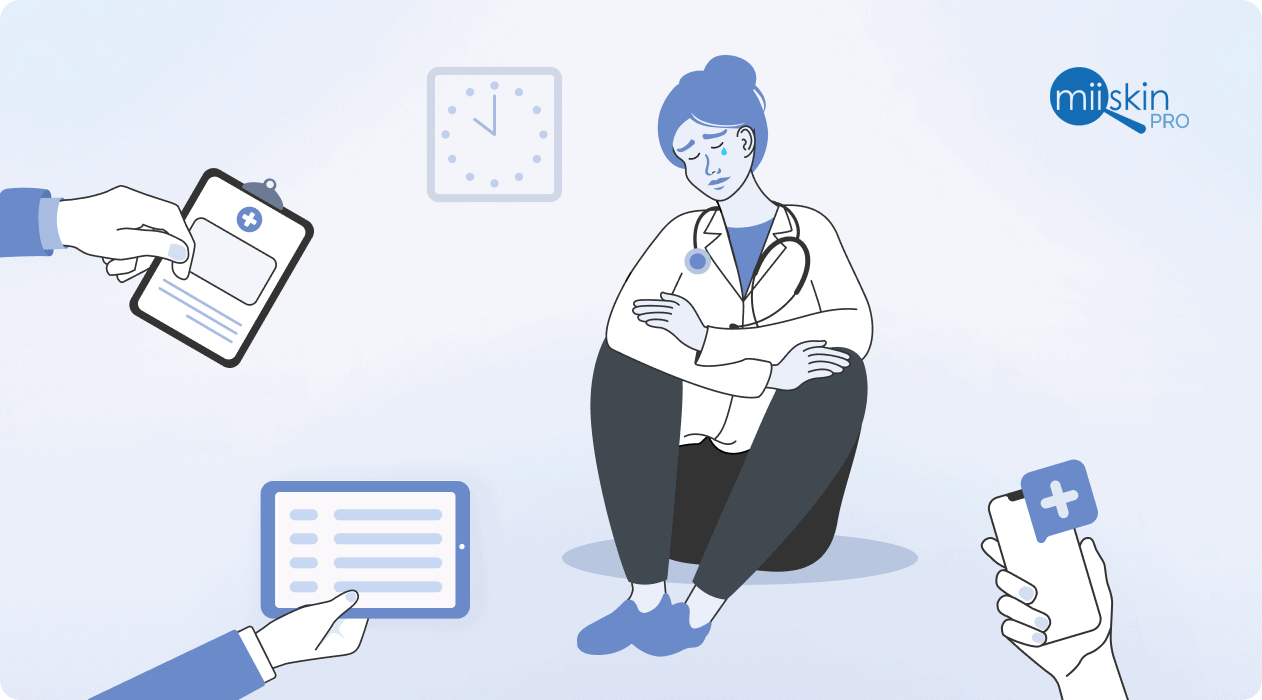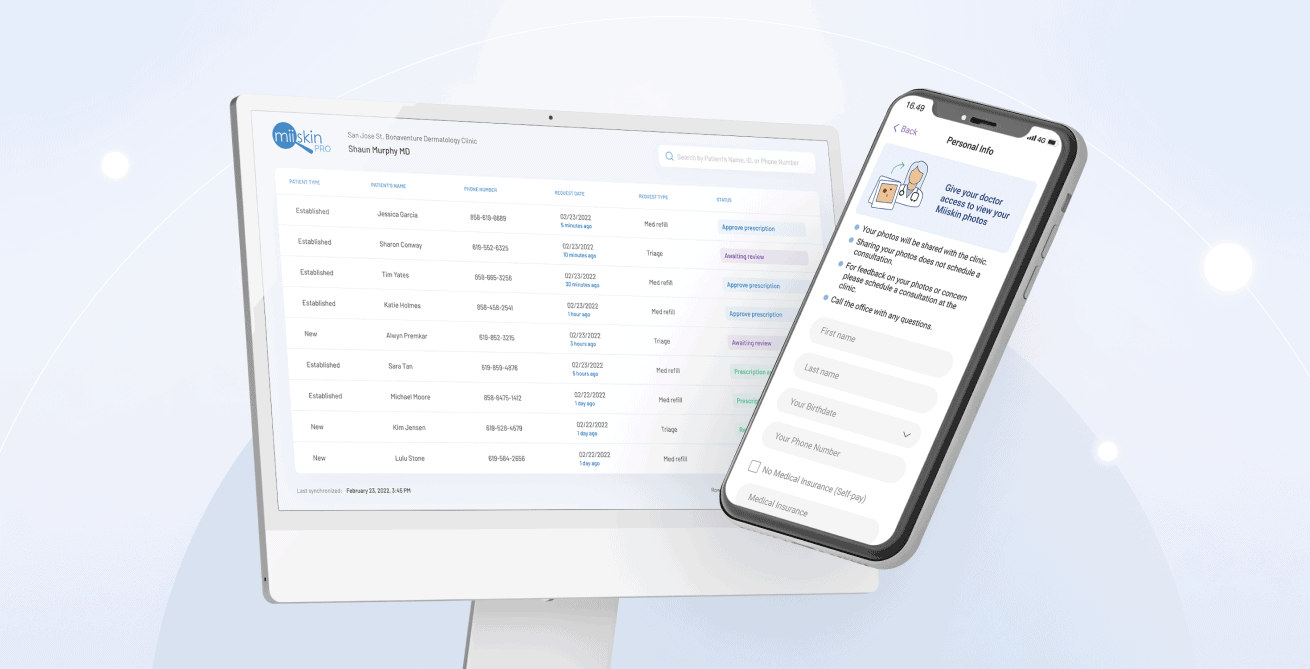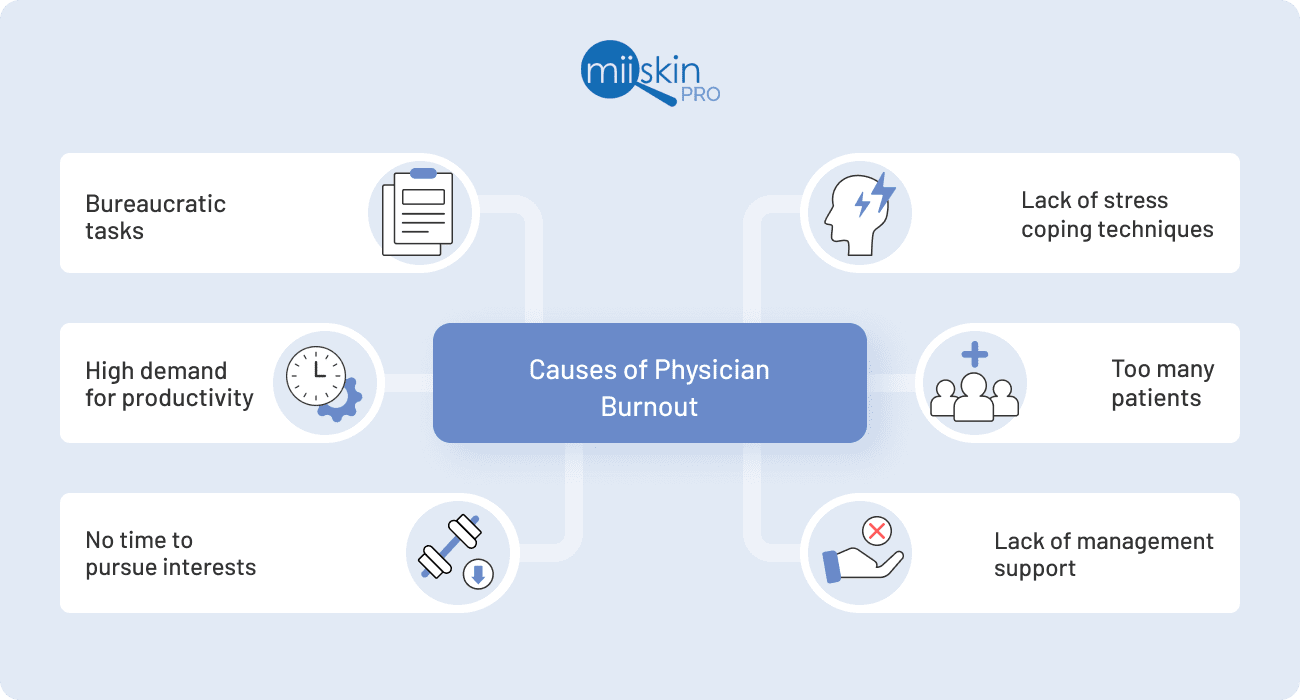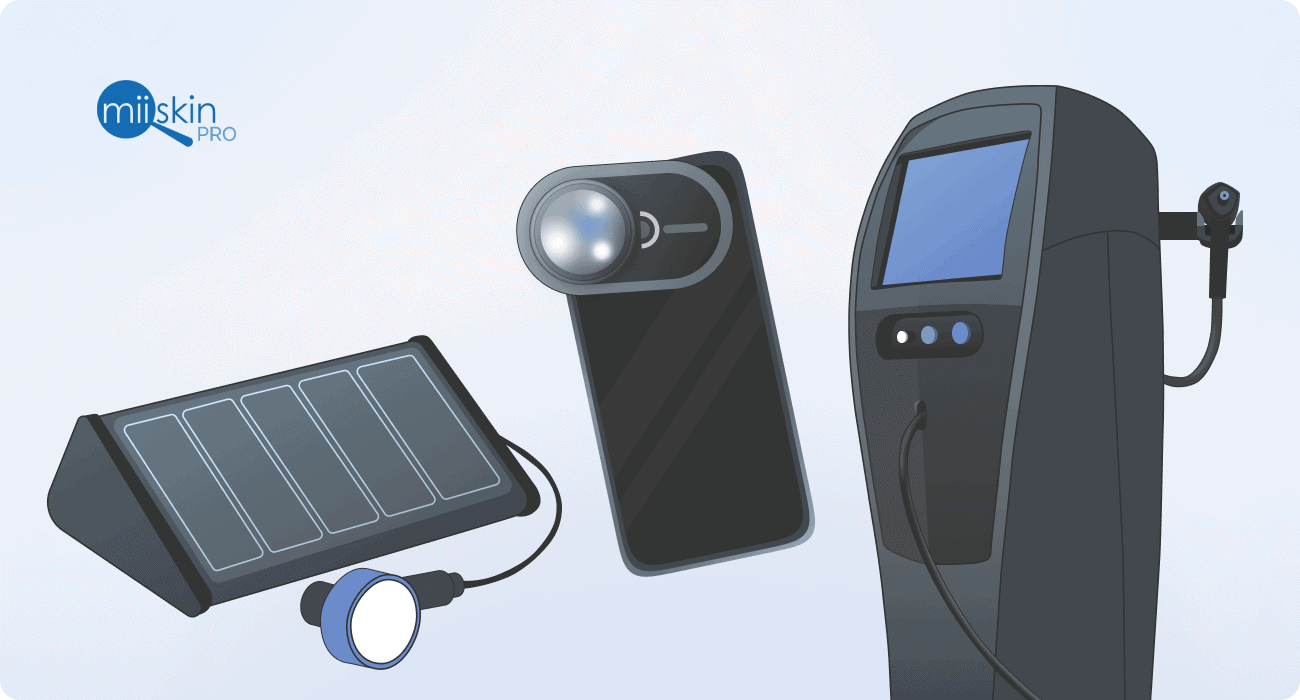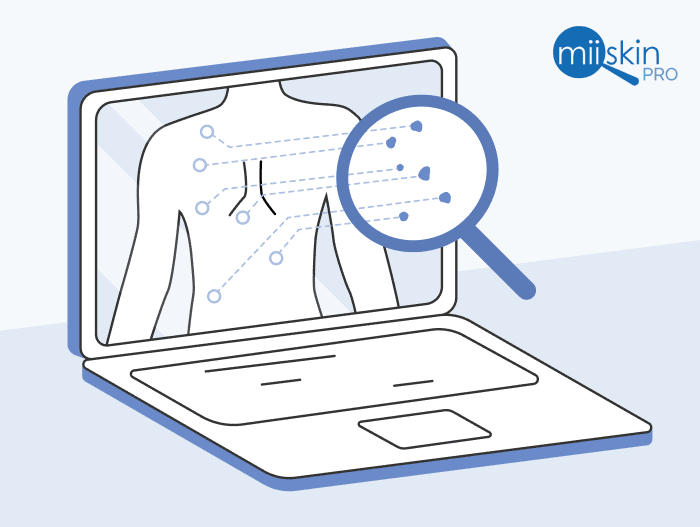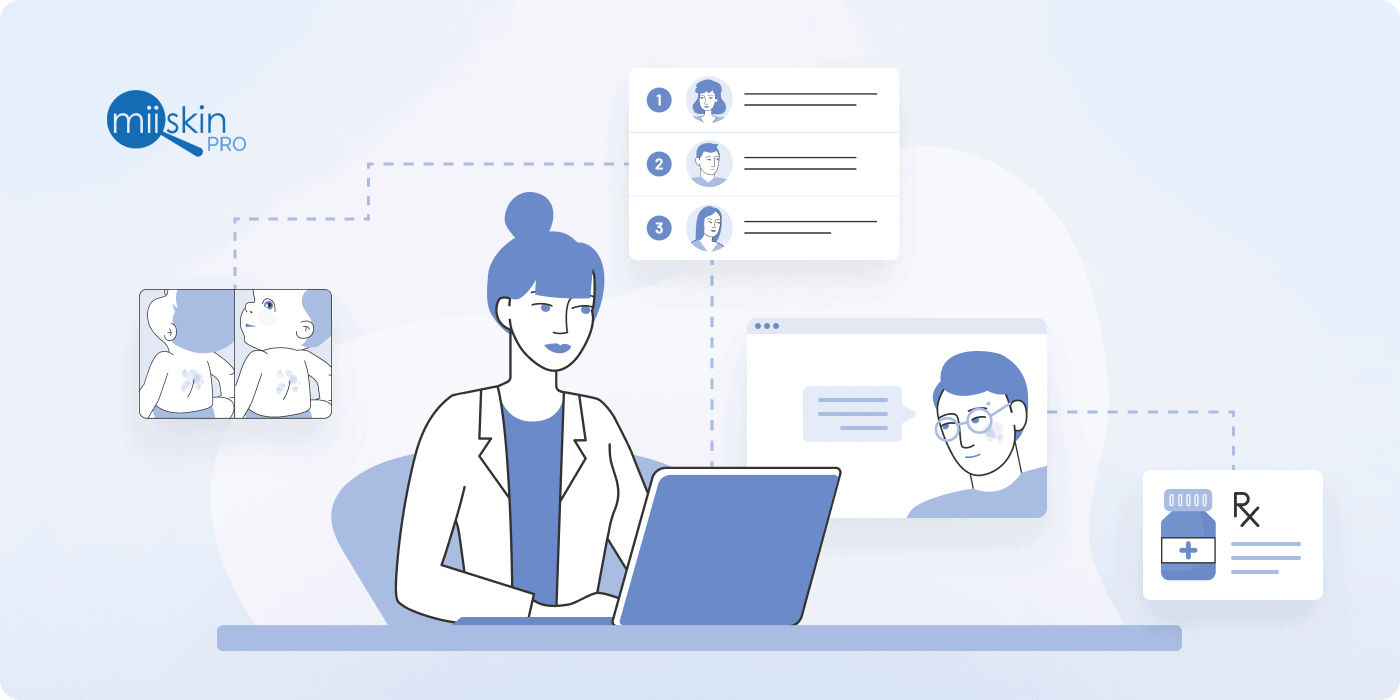Physician Burnout: Definition, Symptoms, Causes, and Solutions
Identify the leading causes, the symptoms, the effects it has on dermatologists, and four solutions to prevent and address physician burnout.
Medically reviewed by: Kristin Thorisdottir Psychologist
Covered in this article:
Definition | Symptoms | Female physician Burnout | Causes | Consequences | Solutions | Prevention
What is Physician Burnout?
Physician burnout is defined by acute emotional exhaustion, depersonalization, and a reduced sense of personal accomplishment or inefficacy1.
Burnout, also known as Burnout Syndrome (BOS), is a growing problem for healthcare workers in the United States, and as pressure builds, it has a negative impact on healthcare staff (physicians, nurses and physician assistants), patients, and treatment outcomes.
In a recent survey conducted among 30,000 healthcare workers, physician burnout rates have reached more than 50% across all specialties2.
Signs of Physician Burnout
Burnout is defined as a three-component syndrome resulting from high level of stress over a long period; its three main symptoms are exhaustion, depersonalization, and inefficacy3.
Physician Burnout Symptoms
- Exhaustion
- Depersonalization
- Inefficacy
Collaboration opportunities with Miiskin
If you are a dermatologist and you want to implement the Miiskin platform in your clinic or hospital, or if you want to to offer virtual dermatology consultations to your employees as a benefit, please reach out!
Exhaustion
Exhaustion is the main symptom of dermatologist burnout. It includes a profound physical and emotional fatigue that undermines your ability to work effectively and which can then lead to a very negative outlook at your work, it can even result in anxiety about work itself. This feeling may come from the constant demands of patients, intense time pressure, or having too much work to do. In this state of exhaustion starts having a negative effect on your cognitive abilities, for example, poor memory, difficulties concentrating, lack of overview and planning.
Depersonalization
Depersonalization is another symptom of physician burnout characterized by distancing yourself psychologically from your work. Instead of feeling committed to your patients, colleagues, and medical practice, you feel detached and negative. Depersonalization tends to occur where there are conflicts, unfairness in the workplace, and a lack of support from the management team.
Inefficacy
Inefficacy is the last symptom of burnout, and it refers to the feeling of incompetence and a lack of productivity. Clinicians with this symptom tend to feel that they are losing their skills and worry that they won’t be able to accomplish specific tasks. In most cases, it develops simultaneously as exhaustion and depersonalization. However, burnout can also start with inefficacy if you lack the resources and support to help your patients.
Female Physician Burnout
Due to the fact that some physicians work part time, they have the tendency to compensate for it by taking on more responsibility at home. Therefore they become the primary caregiver at home plus doing most of household chores
According to surveys, most women (59%) still do more household chores than their spouse or partner, even if they are both working4.
In addition to household duties, women also experience home-related burnout from childbearing.
Research shows that 51% of female physicians chose to have children during residency training5, which are some of the most demanding years in a doctor’s career.
Furthermore, the average maternity leave in the United States is 12 weeks, but 25% of medical residents take approximately four weeks of leave6.
Physician Burnout Causes
Clinician burnout is caused by several factors over an extended period, and these factors may include the following:
- Excessive time spent on bureaucratic tasks concerning insurance matters or documentation and electronic medical record-keeping
- Increased demand for productivity
- An excessive amount of patients
- Lack of time to pursue other academic interests such as teaching or research
- Lack of support and leadership skills from management
- Lack of stress-coping and de-stressing techniques
- Stressful life outside work
Consequences of Physician Burnout
There are many adverse outcomes of burnout in healthcare, but some of the most alarming issues consist of:
- Lower quality of care
- Reduced patient experience and satisfaction
- Malpractice risk due to higher error rates
- Higher staff turnover
- Alcohol and substance abuse
- Suicide
Healthcare workers burnout can have a negative impact on doctors, their families, the staff, their patients, and the healthcare system. Unfortunately, although clinician burnout is widespread and detrimental, it remains a taboo subject ; therefore, stress management techniques and burnout prevention are still not included in medical training.
Collaboration opportunities with Miiskin
If you are a dermatologist and you want to implement the Miiskin platform in your clinic or hospital, or if you want to to offer virtual dermatology consultations to your employees as a benefit, please reach out!
How to prevent Physician Burnout?
Most healthcare providers use a combination of methods to treat and prevent burnout; however, you need to work or adjust the following criteria:
- Ensure you have a work-life balance
- Optimize your work environment
- Lower your stress levels and focus on how to recharge
- Use asynchronous telemedicine to manage your workload
Physician Burnout Solutions and Prevention
To avoid burnout, it is important to have a respectful and cordial work environment that allows physicians to be efficient at work and care for their families and loved ones.
Ensure you have a work-life balance
Work-life balance as a healthcare worker is defined as a state of equilibrium where individuals can effectively balance their medical careers and personal life7.
A survey conducted by CHG Healthcare to doctors who had been out of residency for two to three years revealed that work-life balance was the most important factor in choosing their first job8.
To ensure a positive work-life balance:
- Obtain flexible working conditions
- Focus on a productive social life
- Write down the day’s achievements
- Reduce screen time and turn off notifications that are not necessary
- Spend more time outdoors
Improve the work environment in your healthcare clinic
To prevent and combat dermatologist burnout, according to Harvard Business Review, the work environment in a clinic should be favorable and employees should be allowed to do their best work9; this can be achieved by following these simple guidelines:
- Employees can be themselves and are not afraid to communicate if feeling stressed
- All critical information is shared with employees
- Employee strengths are magnified
- The organization stands for something meaningful
- The employees’ daily work is rewarding
While very few organizations meet all of these criteria, it is possible to use this list as a starting point to create a more rewarding workplace.
Making these adjustments in the workplace can significantly contribute to reducing burnout in all employees across the healthcare organization.
Lower your stress and improve your ability to recharge to combat burnout
To avoid burnout in a healthcare career, you must replenish your physical and mental energy and your capacity to focus; prioritizing good sleeping habits, a healthy diet , regular exercise, social connection, and participating in well-being practices such as enjoying nature, meditation, or yoga.
If you start taking better care of yourself by putting some of these healthy habits as a routine you will start experiencing more positive emotions as you are preventing your body from being overexposed to stress hormones.
According to Dr. Barbara Fredrickson, positive emotions make us feel good and transform our minds, bodies, and ability to bounce back from hard times10.
When people prioritize their well-being, they can see the bigger picture and recharge physically and mentally.
- You will be able to solve a problem better and come up with more ideas of what you may do next
- You are more likely to be resilient and bounce back more quickly from adversity
- Kids’ academic performance improves
- Research shows that doctors make better medical decisions when they receive a bag of candy—a minimal way to induce positive emotions
- You can feel more socially connected to others11
- You become more trusting and come to better win-win situations in negotiations12
Another way to recharge can be by partaking in leisure activities that promote well-being, such as practicing a hobby or spending time in nature, are essential to recharge your energy levels.
If you have trouble fitting well-being activities into your busy schedule, keep track and assess how you spend your time. For each period, write down what you are doing, with whom, how you feel (drained or recharged) and how valuable the activity is13.
This task can help you limit your participation in functions, people, and situations that drain you and put you in a bad mood. You will also identify the tasks that recharge your energy and bring you joy.
When you notice that you feel overly tired or unable to focus at work, change your behavior, re-arrange your schedule, and fit in an activity that you think that can recharge you and thus enhance your well being.
Use asynchronous telemedicine to manage your workload better and combat burnout
To prevent dermatologist burnout, it is important to manage your workload effectively. As a medical specialist, you see many patients every day. However, in many cases, waiting to get an appointment can take up to several weeks, which is inconvenient for patients and stressful for you.
For dermatologists or primary care physicians, asynchronous telemedicine can help manage your workload and improve your work-life balance. This technology enables you to care for more patients faster, without needing a scheduled appointment.
Telemedicine helps you keep up with the demands of today’s new digital patients by offering convenient, virtual care, and it is a great way to attract patients to your clinic if you are starting a private practice.
Example:
In dermatology or family medicine, patients can use a teledermatology app to take photos of their skin issues, fill in a clinical questionnaire, and enter their chief complaint and symptoms.
The dermatologist can view all their patients’ requests whenever possible. They can take two courses of action, make a diagnosis and offer treatment virtually or use the request to virtually triage the patient and schedule an in-person consultation on a date that depends on the level of urgency.
They can also use the teledermatology platform to conduct virtual prescription renewal visits without the patient having to set foot in the clinic.
By offering a combination of virtual and in-person visits, providers increase their productivity by up to 20%.
Not only are those patient waiting times reduced, but you also add a new revenue stream to the clinic with this additional service. Telemedicine has many benefits, don’t miss out on the opportunity to have shorter days, more flexibility, and still see more patients.
References:
1https://www.ncbi.nlm.nih.gov/pmc/articles/PMC4911781/
2https://jamanetwork.com/journals/jamadermatology/article-abstract/2768762
3https://www.ncbi.nlm.nih.gov/pmc/articles/PMC4911781/
4https://www.pewresearch.org/fact-tank/2021/01/25/for-american-couples-gender-gaps-in-sharing-household-responsibilities-persist-amid-pandemic/
5https://www.ncbi.nlm.nih.gov/pmc/articles/PMC5555353/
6https://www.ncbi.nlm.nih.gov/pmc/articles/PMC5555353/
7https://www.researchgate.net/publication/327270091_THE_NOTION_OF_WORK_LIFE_BALANCE_DETERMINING_FACTORS_ANTECEDENTS_AND_CONSEQUENCES_A_COMPREHENSIVE_LITERATURE_SURVEY
8https://chghealthcare.com/blog/top-priority-physicians-job-search/
9https://hbr.org/2013/05/creating-the-best-workplace-on-earth
10https://greatergood.berkeley.edu/article/item/are_you_getting_enough_positivity_in_your_diet
11https://greatergood.berkeley.edu/article/item/are_you_getting_enough_positivity_in_your_diet
12https://greatergood.berkeley.edu/article/item/are_you_getting_enough_positivity_in_your_diet
13https://infusiongroup.com/6-steps-to-identifying-activities-that-drain-your-energy/

